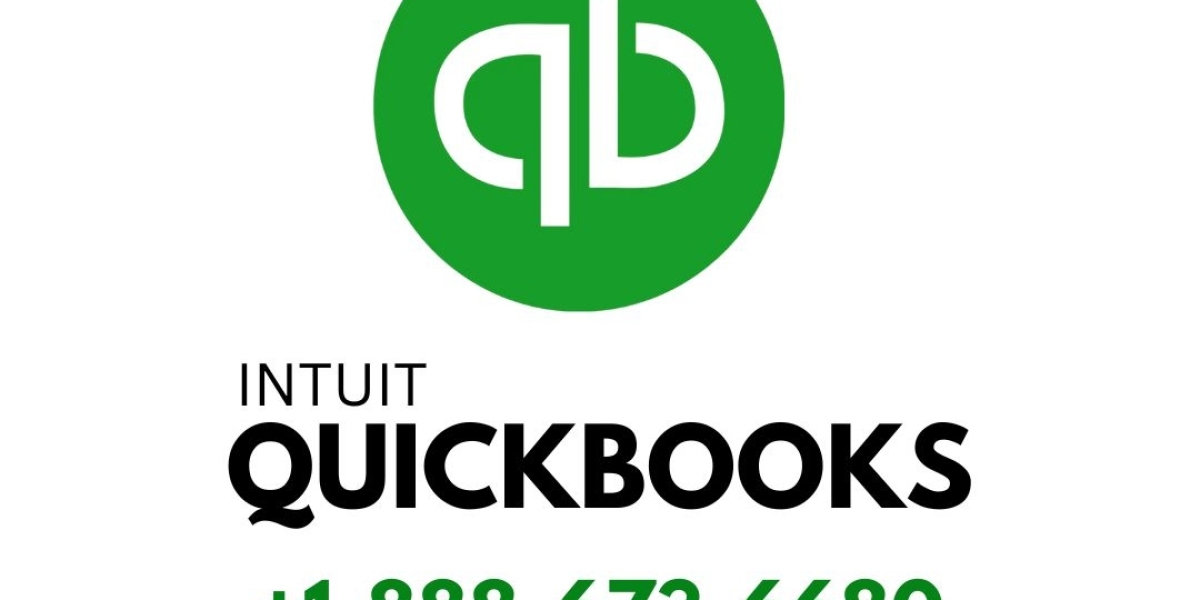The Sleeving Machines Industry includes manufacturers, suppliers, and distributors of machinery used for applying sleeves and labels to products. This industry is characterized by continuous advancements in technology, with companies focusing on developing high-speed, automated sleeving machines that improve efficiency and reduce labor costs. The growing emphasis on sustainability and eco-friendly packaging is also influencing industry trends, prompting manufacturers to innovate with recyclable materials and energy-efficient machines.
The Sleeving Machines Market is expanding rapidly as industries increasingly adopt automated solutions for packaging and labeling products. Sleeving machines are used to apply plastic or shrink sleeves on bottles, cans, jars, and other containers, providing tamper-evident packaging, brand labeling, and aesthetic appeal. They are widely employed in the food and beverage, pharmaceuticals, cosmetics, and household chemicals industries. The growing demand for visually appealing, secure, and informative packaging, coupled with the need for efficient and high-speed production lines, has propelled the adoption of sleeving machines across global markets.
Market Drivers
Several factors are driving the growth of the Sleeving Machines Market. Rising demand for packaged food and beverages, coupled with brand differentiation through attractive labeling, necessitates the use of sleeving machines. Industries seeking to improve operational efficiency and reduce manual labor costs are increasingly investing in automated packaging solutions. Moreover, regulations concerning product safety, traceability, and tamper-evident packaging create a favorable environment for sleeving machine adoption. The flexibility of sleeving machines to accommodate different container shapes and sizes adds to their appeal, enabling manufacturers to optimize packaging processes without frequent equipment changes.
Technological Advancements
Technological innovations have significantly enhanced the capabilities of sleeving machines. Modern machines feature automated loading and labeling, high-speed operation, precise sleeve placement, and compatibility with shrinkable and stretchable films. Integration with robotics and conveyor systems allows seamless packaging workflows, reducing production downtime. IoT-enabled machines with predictive maintenance features provide real-time monitoring, ensuring minimal operational interruptions. Additionally, advancements in sleeve materials, such as eco-friendly and recyclable films, have improved sustainability in packaging operations while maintaining product aesthetics.
Regional Insights
The Sleeving Machines Market is witnessing strong growth across North America and Europe, driven by advanced manufacturing infrastructure and a high adoption rate of automated packaging solutions. The Asia Pacific region, particularly China and India, is emerging as a key growth market due to the expansion of food and beverage, pharmaceutical, and cosmetic industries. Rising urbanization, increasing disposable incomes, and government initiatives promoting industrial automation contribute to regional market growth. Latin America and the Middle East are also observing gradual adoption, primarily in beverage and consumer goods sectors.
Market Challenges
Despite growth prospects, the sleeving machines market faces challenges such as high capital investment requirements and the need for skilled operators to manage advanced systems. Variability in sleeve material quality and machine compatibility can affect operational efficiency. Moreover, smaller manufacturers may find it challenging to invest in automated solutions, limiting market penetration. Manufacturers must continuously innovate to address these challenges by offering affordable, user-friendly, and flexible sleeving machines.
Future Outlook
The Sleeving Machines Market is expected to continue its upward trajectory, driven by increasing automation in manufacturing and packaging processes. Innovations in high-speed, flexible, and environmentally sustainable machines will support market expansion. Integration of smart technologies for predictive maintenance, remote monitoring, and real-time quality control will enhance operational efficiency and reduce costs. The market will benefit from collaborations between machine manufacturers and packaging companies, providing tailored solutions to meet diverse industry needs.
FAQs
Q1: What industries commonly use sleeving machines?
A1: Food and beverage, pharmaceuticals, cosmetics, and household chemicals are the primary industries utilizing sleeving machines for packaging and labeling.
Q2: Are sleeving machines suitable for different container shapes and sizes?
A2: Yes, modern sleeving machines are designed to handle a variety of container shapes and sizes, providing flexibility in packaging operations.
Q3: How do sleeving machines improve packaging efficiency?
A3: They automate labeling and sleeve application, reduce manual labor, minimize errors, and increase production speed, enhancing overall operational efficiency.
Off-Road Equipment Market Share
Laser Welding Machine Market Share







